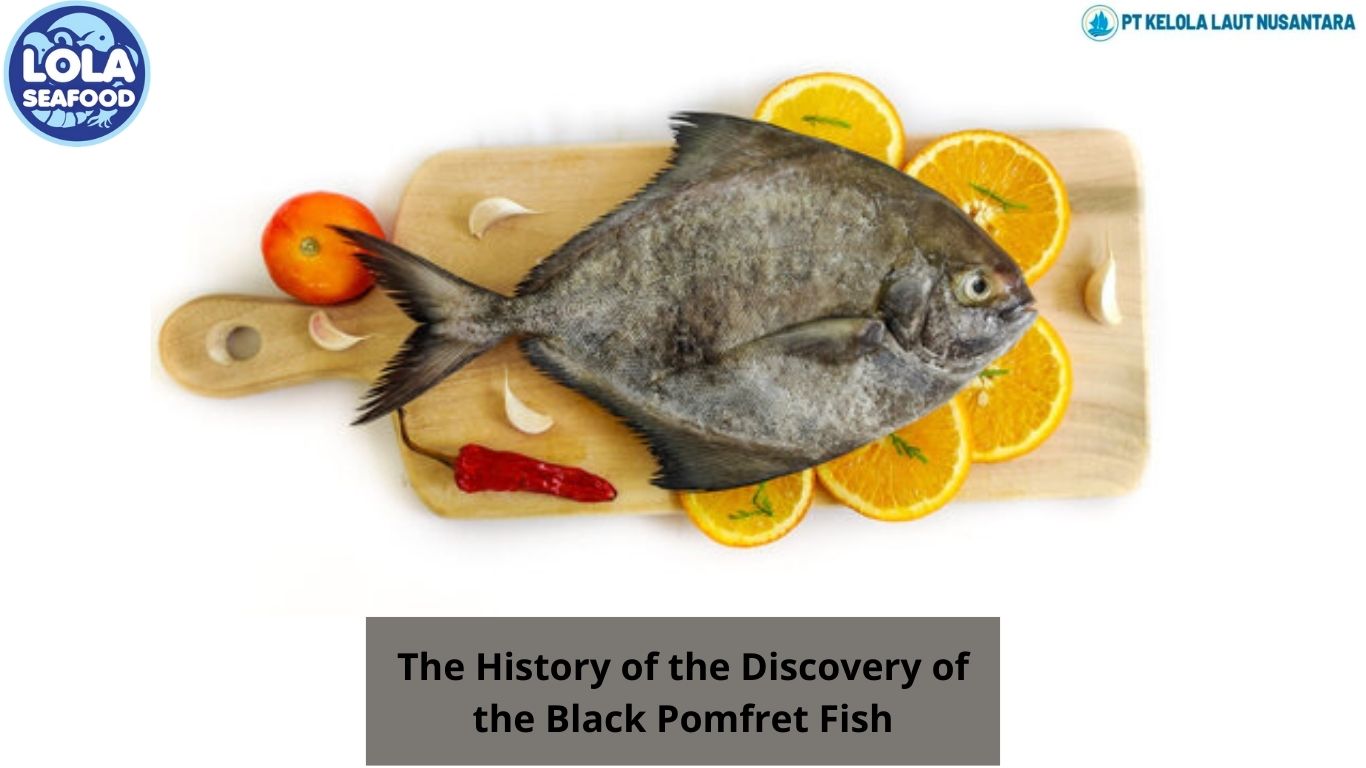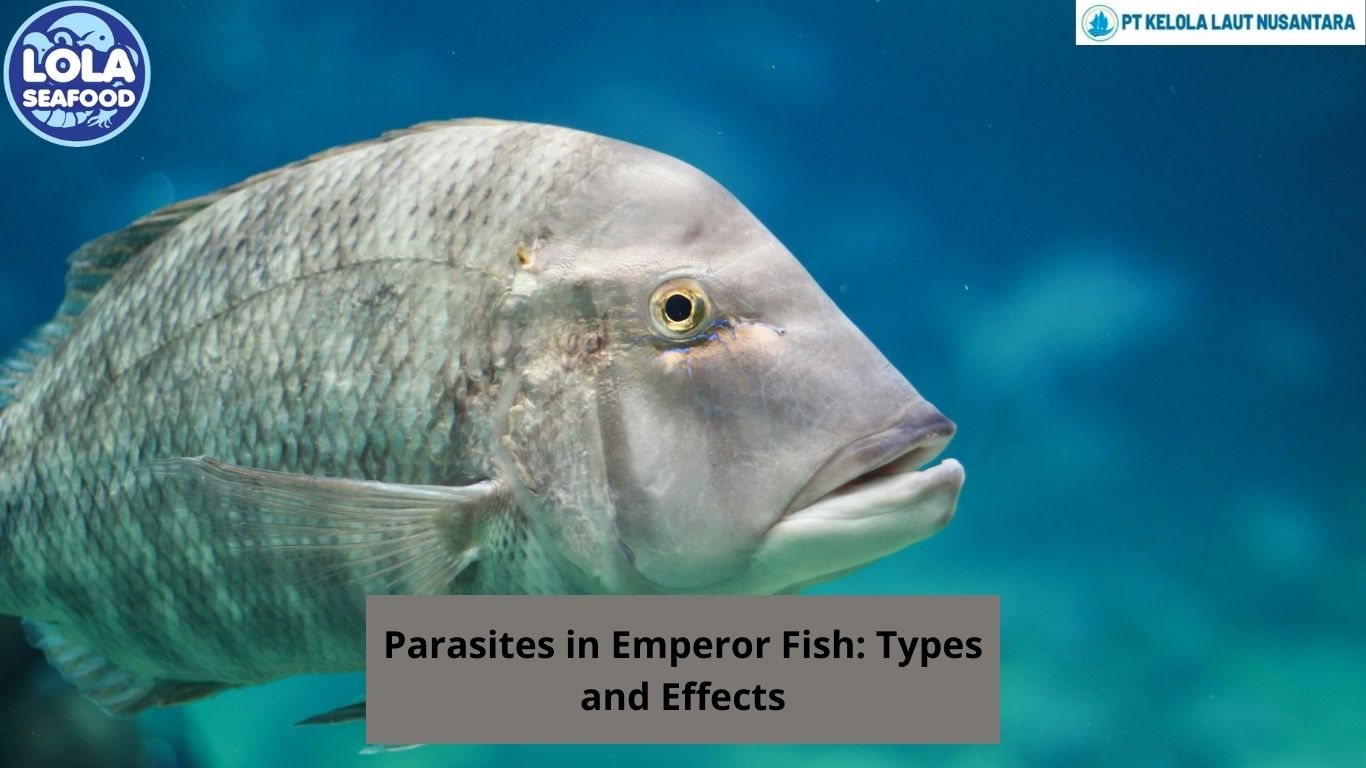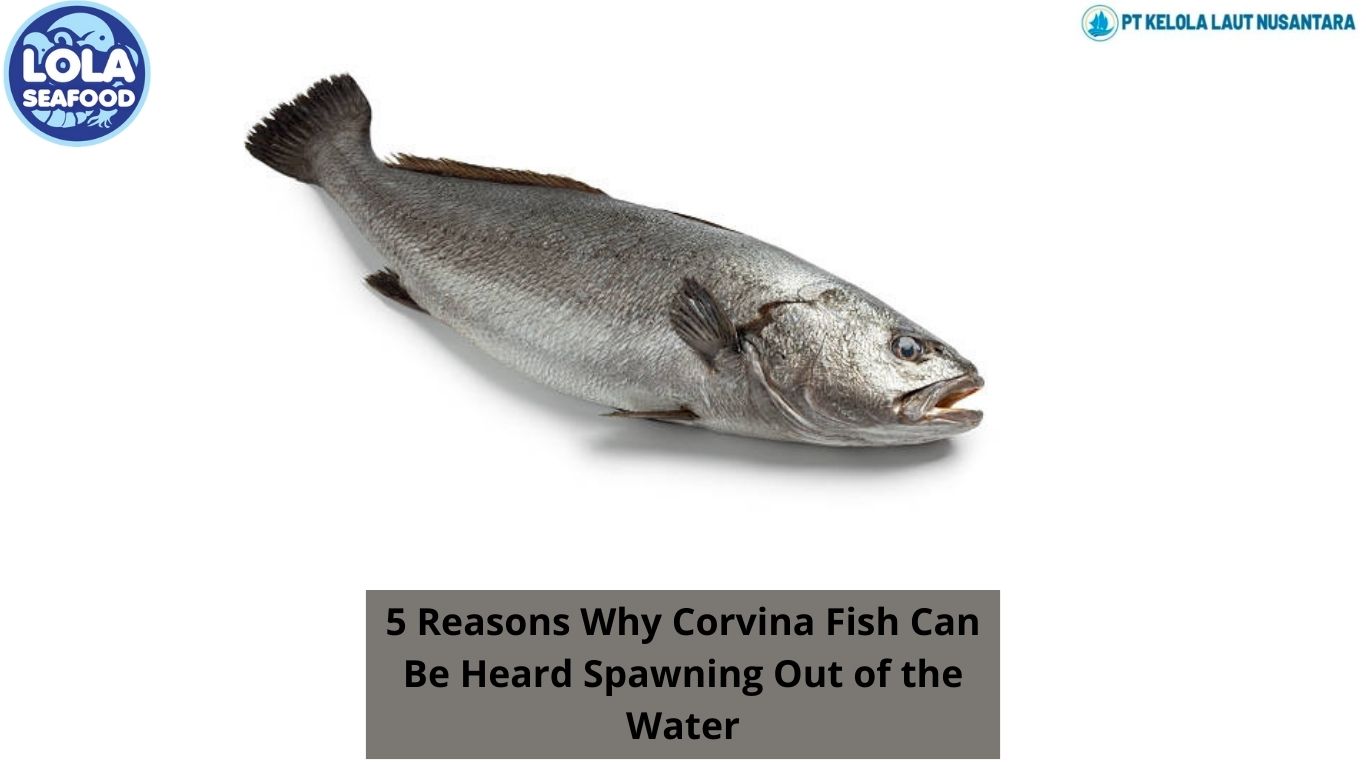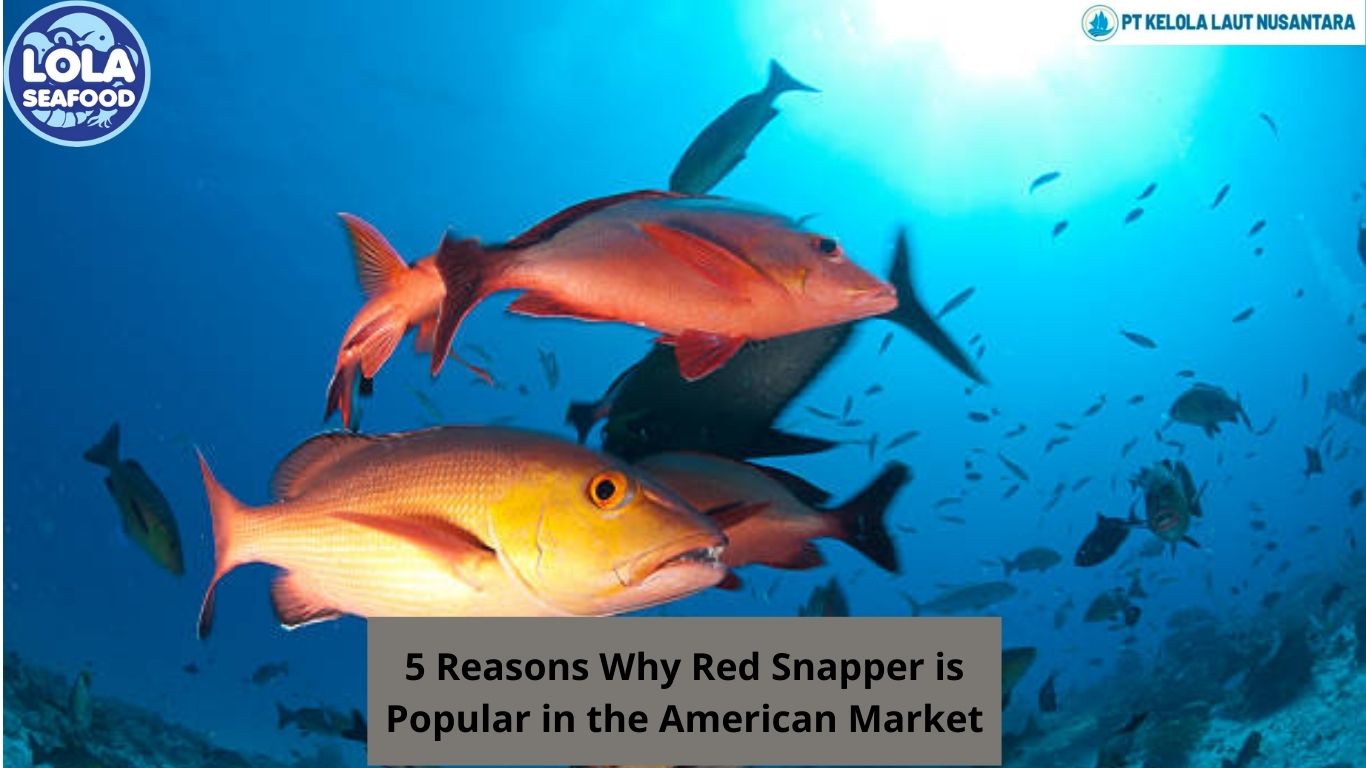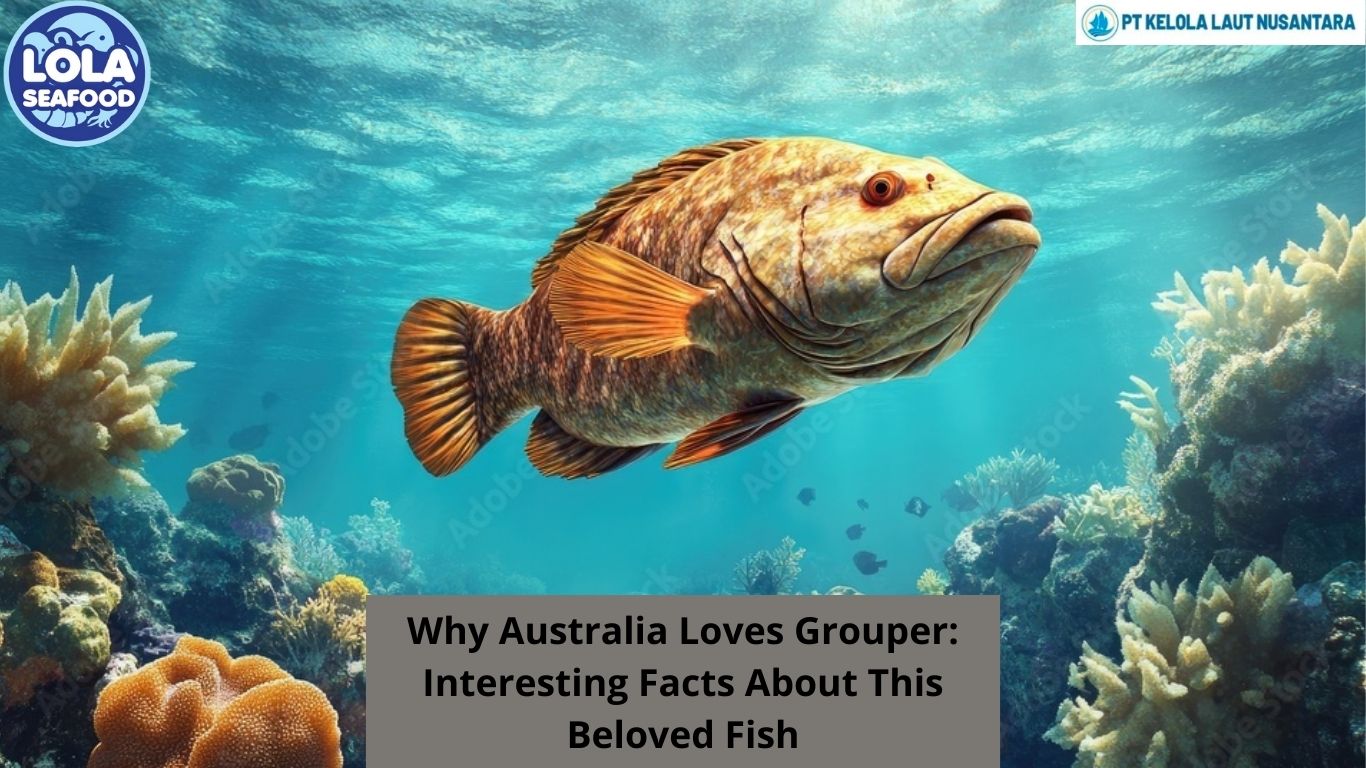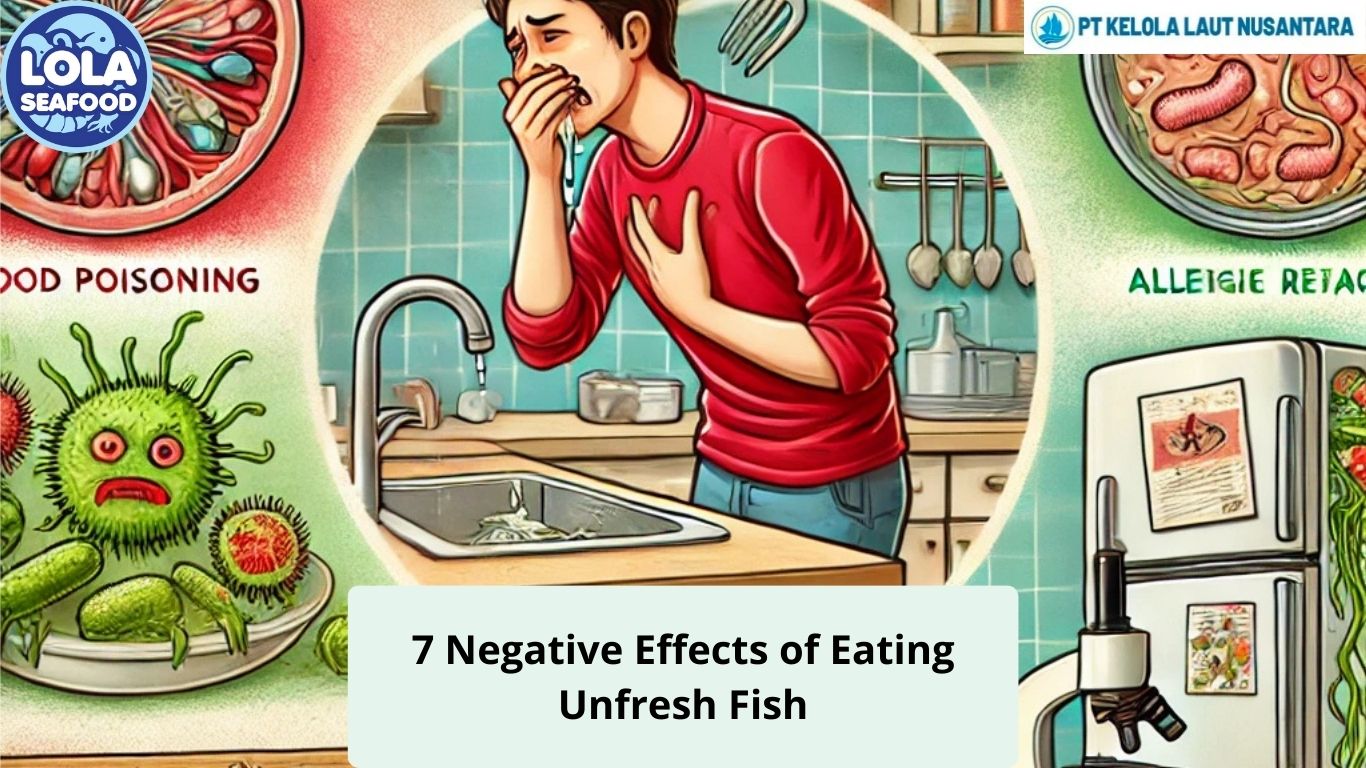This Is the Reason Why Some People Are Allergic to Bonito Fish
By. Puji Widyastuti - 05 Feb 2025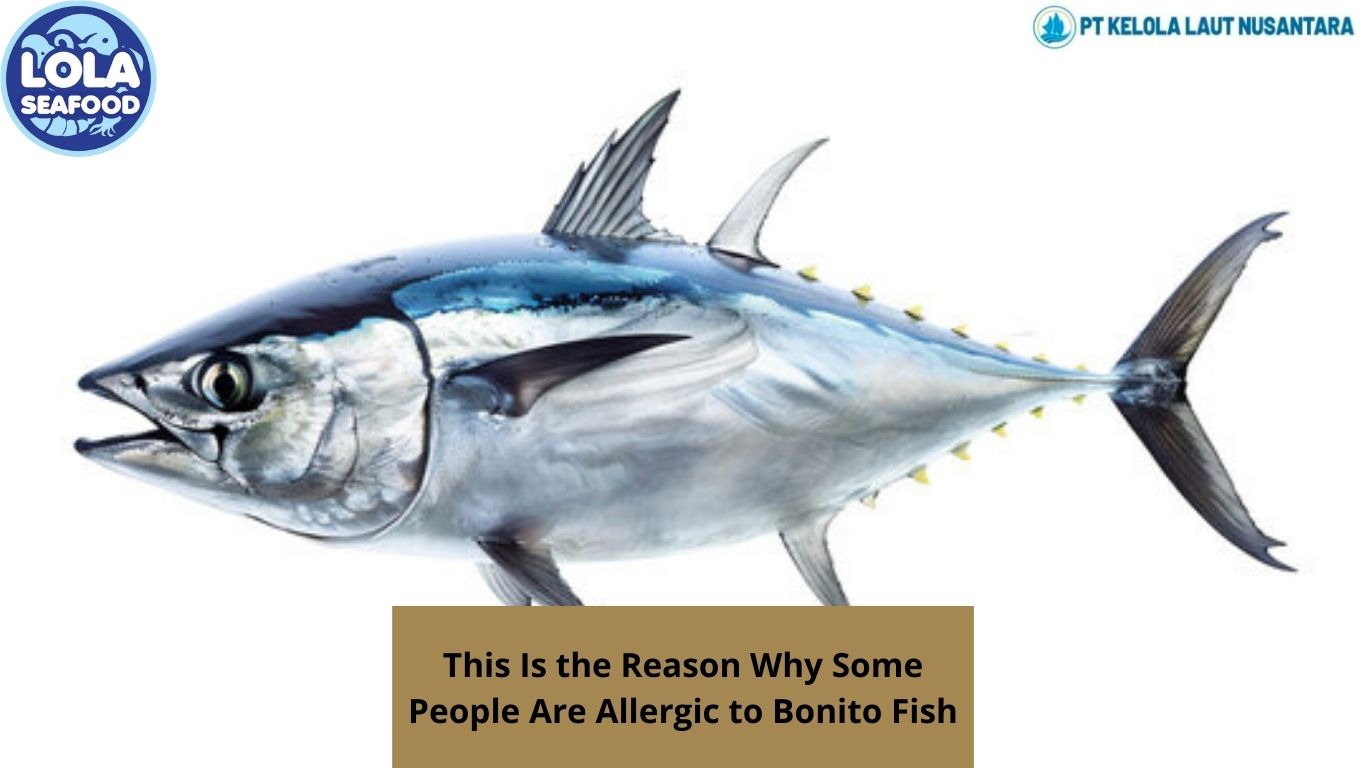
Kelolalaut.com Bonito fish, often enjoyed in dishes like katsuobushi (dried, fermented, and smoked bonito flakes) or as fresh sashimi, is a popular seafood delicacy in many cultures. However, for some individuals, consuming bonito can lead to allergic reactions, ranging from mild discomfort to severe health complications. But why are certain people allergic to this particular fish?
The Root of the Allergy: Histamine and Scombroid Poisoning
One of the primary reasons people may experience allergic-like reactions after consuming bonito fish is due to a condition known as scombroid poisoning. While not a true allergy, scombroid poisoning results from eating fish that have high levels of histamine, a compound also involved in allergic responses. Bonito belongs to the Scombridae family, which includes tuna and mackerel, all of which are prone to histamine buildup when not properly stored
When bonito fish is not kept at the correct cold temperatures after being caught, naturally occurring bacteria begin to break down the amino acid histidine into histamine. Consuming fish with elevated histamine levels can trigger symptoms similar to an allergic reaction, such as flushing, headaches, rashes, nausea, vomiting, and diarrhea. In more severe cases, it can lead to respiratory distress, which is why scombroid poisoning is often mistaken for a true fish allergy.
True Fish Allergy to Bonito
In contrast to scombroid poisoning, a true fish allergy involves the immune system mistakenly identifying proteins in bonito fish as harmful. The body then produces immunoglobulin E (IgE) antibodies, leading to the release of chemicals like histamine from mast cells, which cause allergic symptoms.
The primary allergens in fish are parvalbumins, a type of calcium-binding protein found in fish muscle tissue. While parvalbumins are common to many fish species, individuals may react to specific fish, like bonito, while tolerating others. Symptoms of a true bonito allergy can range from mild (hives, itching, or swelling) to severe (anaphylaxis, a life-threatening reaction characterized by difficulty breathing and a sudden drop in blood pressure).
Cross-Reactivity and Sensitization
Another reason some people may be allergic to bonito is due to cross-reactivity. If an individual is allergic to one type of fish, their immune system may react to proteins in other, related fish species. For example, someone allergic to tuna or mackerel may also develop symptoms when eating bonito due to the similarity in protein structures. This cross-reactivity can complicate diagnosis and dietary choices for those with fish allergies
In some cases, repeated exposure to bonito fish, especially in processed forms like dried bonito flakes, can lead to sensitization, where the immune system becomes increasingly reactive over time. Even trace amounts of bonito in broths or sauces could eventually trigger an allergic response.
Diagnosis and Management
Identifying whether a reaction to bonito is due to scombroid poisoning or a true allergy is crucial. Allergy testing, such as skin prick tests or blood tests measuring specific IgE antibodies, can help confirm a true fish allergy. If histamine poisoning is suspected, medical history and the timing of symptoms in relation to fish consumption are key diagnostic clues.
For those with a confirmed bonito allergy, the primary treatment is strict avoidance. Reading food labels carefully, asking about ingredients in restaurant dishes, and being cautious with fish-based sauces or broths is essential. Individuals with severe reactions should carry an epinephrine auto-injector in case of accidental exposure.
For scombroid poisoning, the focus is on prevention through proper fish storage and handling. Cooking does not destroy histamine, so ensuring that bonito is fresh and properly refrigerated is vital. If symptoms occur, antihistamines can help alleviate mild reactions, while severe cases may require medical attention. Whether due to histamine buildup from improper storage or a true immune response to fish proteins, allergic reactions to bonito fish can be serious. Understanding the difference between scombroid poisoning and a genuine allergy is critical for effective management and prevention. If you experience symptoms after eating bonito, consulting with a healthcare provider can help determine the cause and guide appropriate treatment.
If you are interested in our bonito whole round, bonito fillet portion cut and bonito fillet loin please do not hesitate to contact us through email and/or whatsapp
